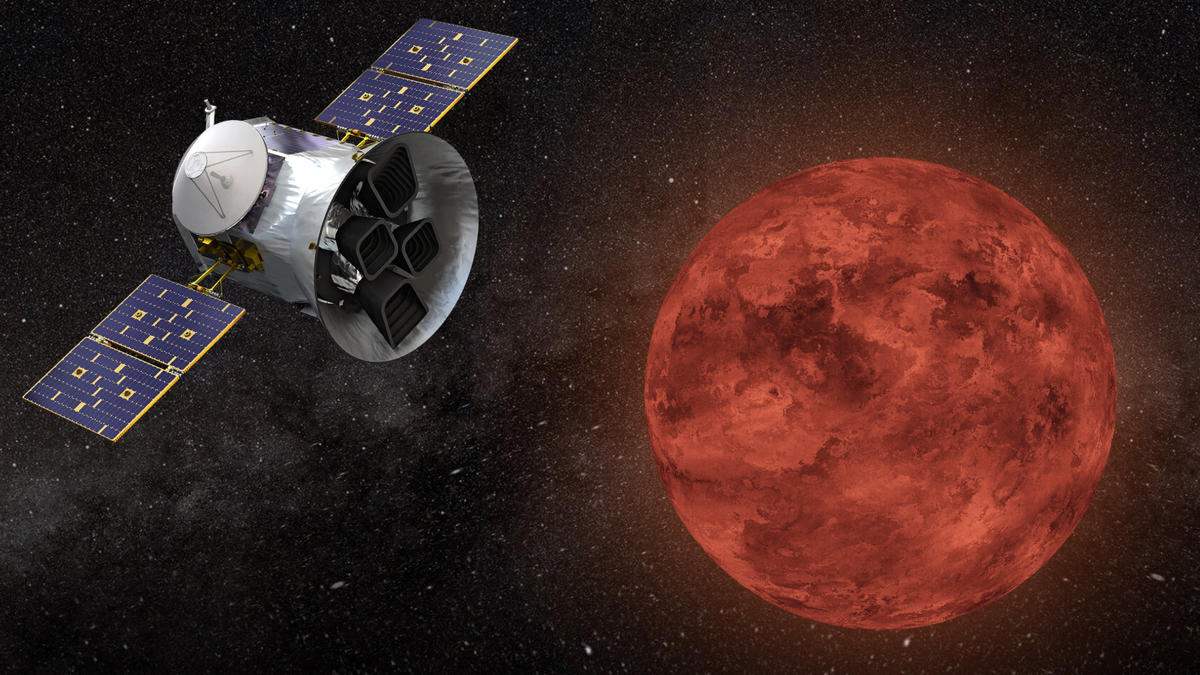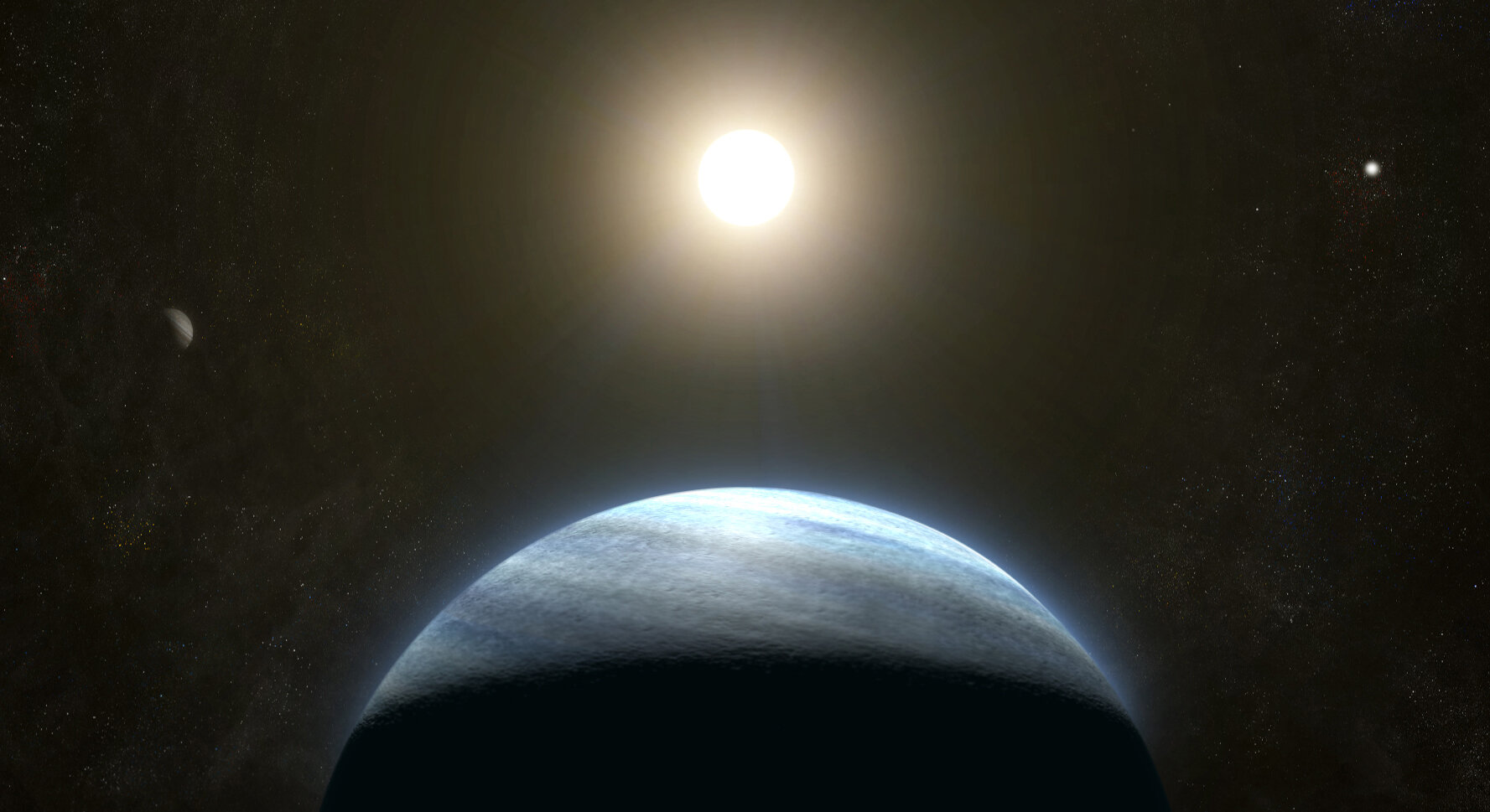 Source: Found here
Source: Found hereIn The News:
Citizen scientists help discover record-breaking exoplanet in binary star system
A team of astronomers and citizen scientists has discovered a planet in the habitable zone of an unusual star system, including two stars and potentially another exoplanet.
Furthermore, the star is now by far the brightest one known to host a transiting planet in the habitable zone where liquid water can exist.
Follow-up observations of the system revealed even more peculiarities. The star is also orbited by a still unconfirmed second planet with a 34-day orbit and, perhaps most interestingly, another star. The unique system provides a valuable data point for scientists trying to understand how planets form and remain in stable orbits in multi-star systems. The researchers present their discoveries April 30 in The Astrophysical Journal .

NASA's Transiting Exoplanet Survey Satellite (TESS) may have discovered its first free-floating, or "orphaned," planet. That's a planet roaming the cosmos without a star, all alone.
The potential discovery demonstrates that TESS can use a phenomenon first suggested by Albert Einstein over 100 years ago to spot these so-called rogue planets.
Despite the fact that we're most familiar with planets that orbit a parent star (or stars) after discovering over 5,000 exoplanets that exist in such an arrangement, the Milky Way is estimated to be populated with a huge number of free-floating rogue planets , too.
"We discovered the first signal in TESS data that is consistent with what one would expect from microlensing by a free-floating planet," team co-leader Michelle Kunimoto, a postdoctoral fellow specializing in exoplanet detection at the Massachusetts Institute of Technology (MIT), told Space.com.
"This was only the first sector we searched through of the 75 that TESS has observed, with each sector corresponding to around 27 days of TESS observations," Kunimoto continued. "Finding something so early was surprising ⁘ but really exciting."
Should this signal actually indicate a rogue exoplanet, the team tells Space.com, it would likely be a planet with a mass a few times that of Earth at a distance of no less than 6,500 light-years away.
"Rogue planets are dark, as you might expect, and they don't orbit any stars, which means the usual techniques for detecting exoplanets don⁘t really work," Kunimoto said.
No comments:
Post a Comment